Label: art
Wednesday 02nd November 2016Project Spotlight: Common Ground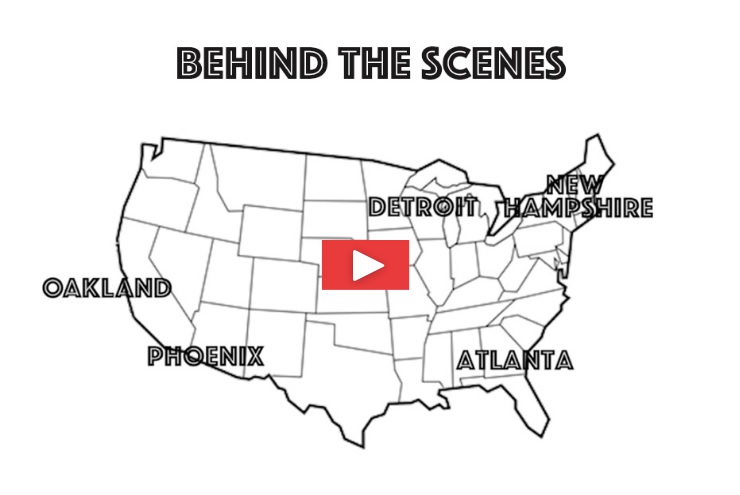
Only rarely do the art world and the Guinness Book of World Records find themselves in common company, but that was just what happened thanks to the latest project from New Creatures, a collaborative effort from partners Jason Naumoff and Ajamu White. Entitled 'Common Ground', the project was an attempt to link up a wide array of kinetic sculptures located across the country that would set each other off in a massive chain reaction that circled the entire country.
The website succinctly explains the generalities of the project:
"In a divided America, is it possible to find common ground?
"Common Ground" is a collaborative kinetic art installation about connecting America through creativity and problem solving. Artists and makers in 5 cities were asked to create kinetic installations inspired by their region and important contemporary issues in their community. All participants worked with each other to connect their pieces through common communication mediums like texts, emails, and phone calls. As one installation ends, the next is triggered to begin.
The final collaborative chain reaction successfully circled the country in 5 minutes."
Unfortunately, they seem to have glossed over how successful the project was, highlighting only a few projects, but nevertheless the idea is a fascinating one. This writer had originally envisioned a country-wide 'Rube Goldberg'-type machine, sort of a 'Hands Across America' but made out of weird sculptures, which doesn't seem to have been the result (sadly!).
That being said, 6 different cities/regions participated in the project, each providing a series of sculptures that roughly spanned the country. Oakland, Phoenix, Atlanta, New Hampshire, Detroit, and then back around to Oakland.
New Creatures aims to create participatory design projects: "We create highly participatory experiences that engage and inspire. Our goal is to combine true creativity and never attempted ideas, with expert production and professionalism. We dream of New Creatures, build them by hand, then send them on their way hoping the world likes them as much as we do."
While it seems like this particular project failed to gain the widespread support it needed to really gain traction and make a powerful statement, it was nevertheless a great concept that just needed a bit more focus on grabbing participants in order to make its mark.
Posted on November 02nd 2016 on 06:22pm
0 Comments
Friday 21st October 2016Art, Emotion and Neurobiology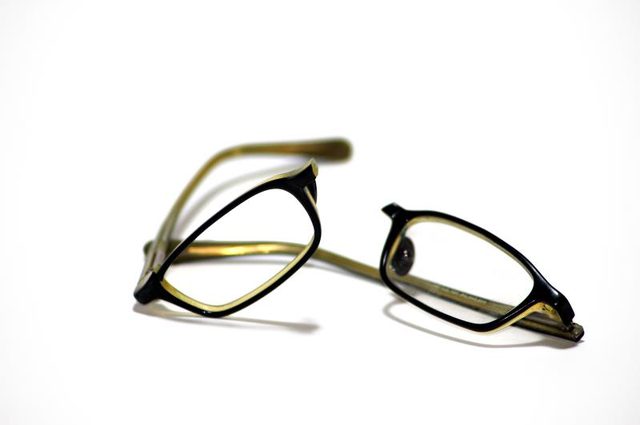
You might remember a post from earlier this year about museum pranks, and a case of mistaken identity. A pair of ordinary eyeglasses were left on the ground near a blank wall in an art gallery, and patrons automatically assumed that they were some piece of modern conceptual artwork, even going to so far as to carefully photograph the piece.
According to a recent study by researchers at Erasmus University in Rotterdam, there's a very good reason for this hilarious misunderstanding: the way we perceive ordinary objects changes on a neurological level when we are told that they are 'art'.
Noah van Dongen, one of the researchers conducting the study at Erasmus University, explained some of the results of the study: "When we think we are not dealing with reality, our emotional response appears to be subdued on a neural level. This may be because of a tendency to 'distance' ourselves from the image, to be able to appreciate or scrutinize its shapes, colours, and composition instead of just its content. We know that our brains may have evolved with 'hard-wired' mechanisms that allow us to adjust our response to objects depending on the situation."
"What this work indicates, is that Kant's two century old theory of aesthetics, where he proposed that we need to emotionally distance ourselves from the artwork in order to be able to properly appreciate it, might have a neurological basis and that art could be useful in our quest to understand our brain, emotions, and maybe our cognition," van Dongen continued.
Interestingly enough, the study went on to explore whether or not these effects could be replicated when study participants were shown examples of still images and told that they were from either typical films or documentary films. When the images were labelled as from a documentary film, the neurological changes were reversed, indicating that the role of context in assessing our emotional reaction to imagery is more powerful than anticipated.
On reflection, though, it seems that a lot of this kind of information is already well known to critical theorists and philosophers, and that perhaps the world of neurobiology would be much better off taking a more interdisciplinary approach to problems of cognition - or at least that science students would benefit dramatically from a broader range of philosophy coursework than is currently common.
Posted on October 21st 2016 on 06:27pm
0 Comments
Friday 14th October 2016Observer on 'Public Functional Art', AKA 'Design'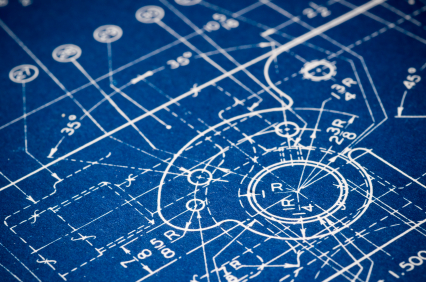
Full disclosure: this writer is also classically trained as a designer, despite a dilettante's interest in a wide range of artistic disciplines. With that out of the way, let's dig into something: is design a dirty word in the art world?
It seems to conjure up notions of commercial art, product packages and other ephemera that don't rate as pop art due to the lack of pretension and choice of presentation. The prohibition against the inclusion of design as an art form is so strong that during a recent article published in the Observer about design, the word design was barely mentioned during the entire article - instead, every reference was instead substituted with 'public functional art' - until the very end, when .
It's possible that this particular author wished to make a distinction between the various types of design. After all, it's hard to reconcile the so-called 'public functional art' that forms the central theme of the article with cereal box design or the aesthetic lines of a new Italian supercar. But what rankles is that there is already a wide array of linguistic separations between these various subfields of design, an entire nomenclature dedicated to preventing just such clumsy improvisations.
The article was an appealing and engaging one, detailing the nature of various types of industrial and wayfinding designs found throughout New York City in everything from the design choices behind the pedestrian/hand traffic signals that replaced the 'Walk/Don't Walk' of the past century to the careful and iconic design of the handrails in the Wall Street subway station. So why the reluctance to discuss these aspects in a more definitive (and accurate) way?
Curiously enough, the word design seemed to be used prolifically at the end of the piece. It was almost as though the author hoped to engage the artistically-inclined reader who would simply ignore a design article, sneaking the appreciation of design into the narrative under the guise of 'functional public art'. This may be where my inherent bias trips me up, familiar as I am with the general discussion of design and its inherent role in our built environments.
But regardless of how one classifies it, it's impossible to escape the impacts of public design in New York (or any major city), and it's worth acknowledging the value of these projects in our environments.
Posted on October 14th 2016 on 06:20pm
0 Comments
Friday 07th October 2016But is it Art?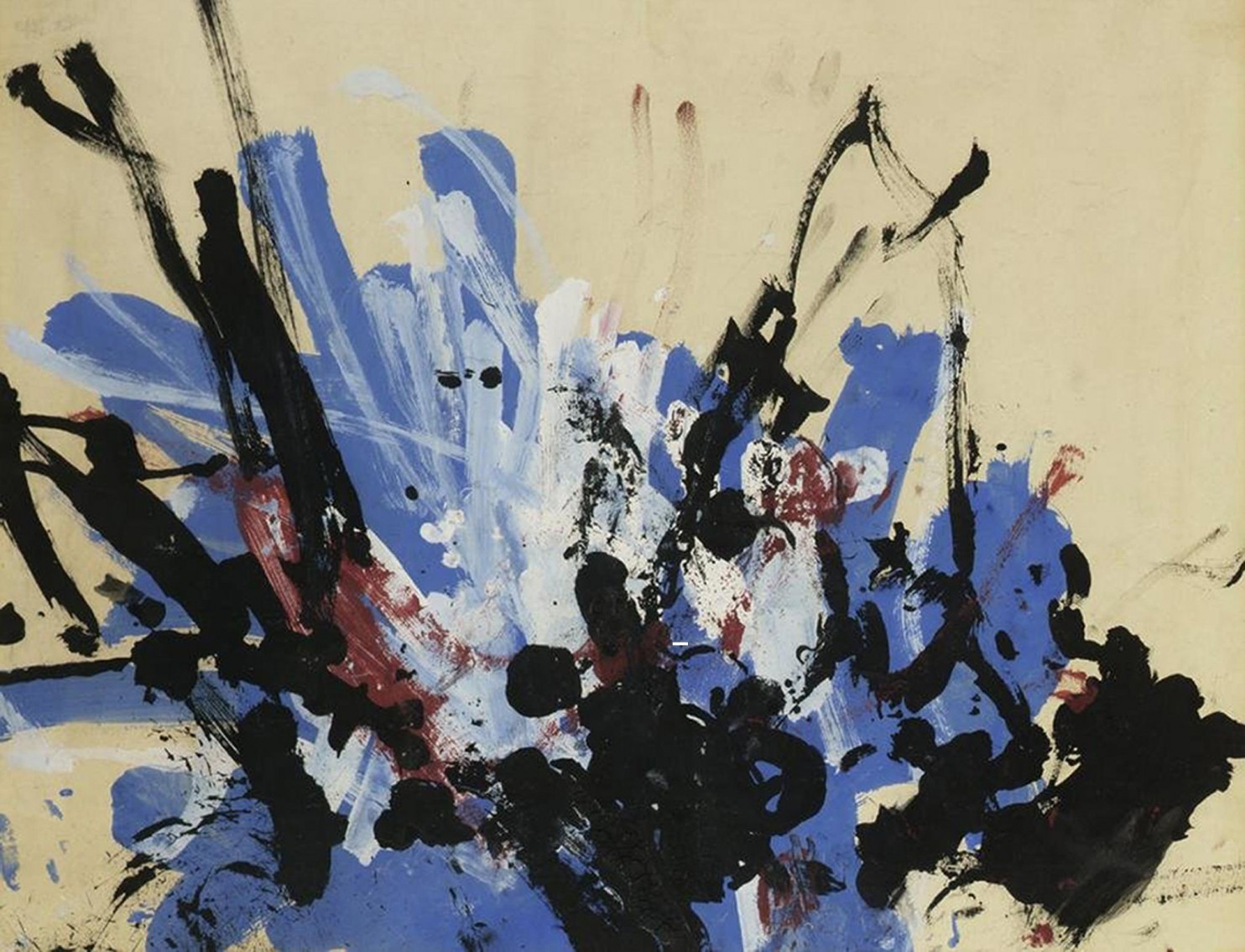 Sometimes it feels like after the number of articles we've written entitled 'But Is It Art?' or some variation thereof, we should just go ahead and make it a series like our Artist Spotlight. There are a number of interesting issues involved in the whole question and there surely is enough material to make an interesting series, but sometimes the question can seem a bit tiresome and should really just be answered 'Yes - now stop asking'.
Sometimes it feels like after the number of articles we've written entitled 'But Is It Art?' or some variation thereof, we should just go ahead and make it a series like our Artist Spotlight. There are a number of interesting issues involved in the whole question and there surely is enough material to make an interesting series, but sometimes the question can seem a bit tiresome and should really just be answered 'Yes - now stop asking'.
In today's iteration of the theme, we're going to take a closer look at art by animals. Yes, not art depicting animals, but actually created by them. An interesting article appeared in the Washington Post recently by an anthropologist at the University of Illinois at Urbana-Champaign, and while it certainly provided an interesting and engaging look at some of the more prominent animal artists of the last half century or so, the one thing it absolutely failed to do was answer the question 'But is it art?'.
Understandably, the author comes off as rather ambiguous about which way to answer the question, deciding in the end for the old standby, 'it depends on your definition'.
"If art is in the eye of the beholder, then Congo’s sweeping blazes of color can rival those of Jackson Pollock. If your notion of art is an exterior expression of an inner self, then maybe Chandra the Oklahoma City Zoo elephant’s paintings reveal less about her subjectivity than, say, how she might communicate through sounds and movement as the matriarch of a group of elephants in the wild.
But for primates such as Washoe, a chimpanzee who was raised like a human child by American scientists and died in 2007, the case may be different. Like Washoe, a few other primates have lived bicultural lives in human worlds as the subjects of language and cognition research, and can “talk” to us through signs and symbols. We may see something different in their creations, especially when they can title them themselves."
I think it's time that we disregard the equivocation and accept that no matter which way you go, there will be someone prominent and respected who disagrees with you, and therefore you're not helping yourself or anyone else by sitting on the fence about this - and certainly not the animals, unless you argue that any exposure they get is likely to increase the sales of their work and thus increase the fundraising ability of their parent zoos.
In short, yes, it is art. Whether it is a cross-species collaboration or not.
(Photo credit: Piece by Congo, photo by Bonhams/AP)
Posted on October 07th 2016 on 08:24pm
0 Comments
Wednesday 21st September 2016The Weird and Wonderful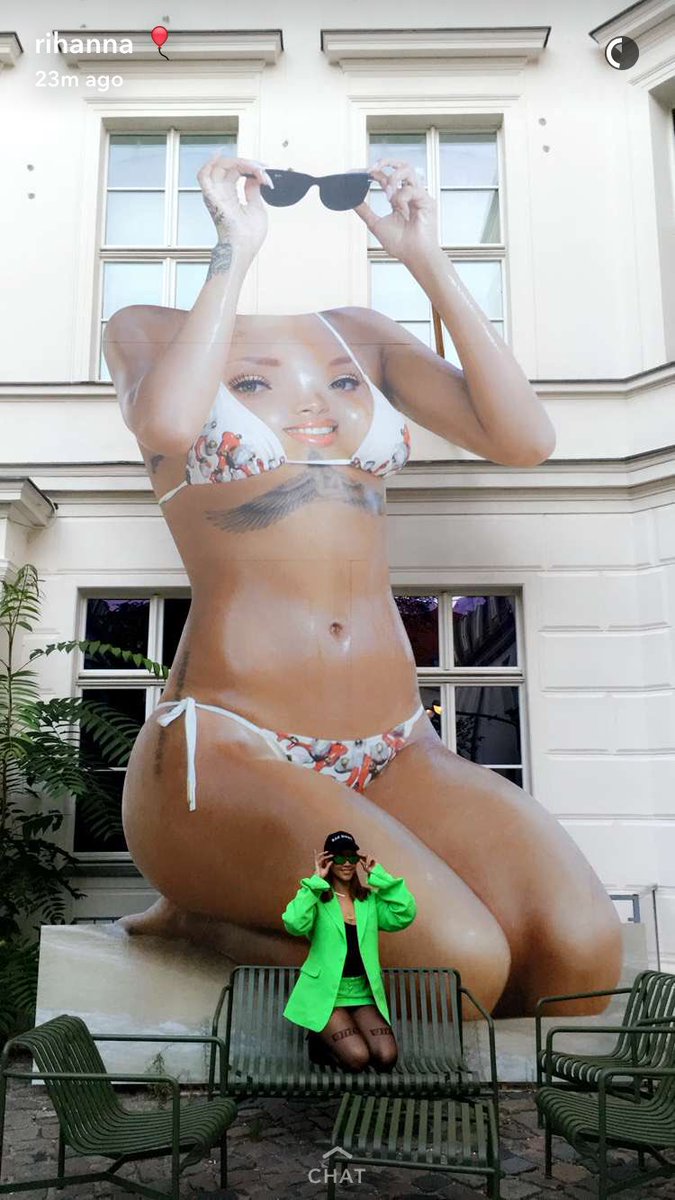 Art imitates life, and life imitates art. Old sayings are often ridiculous, but that one certainly holds true, especially in an age of social media photography and vapid self-reflection. But there are few times when it's been more literally true than during a recent moment in Berlin.
Art imitates life, and life imitates art. Old sayings are often ridiculous, but that one certainly holds true, especially in an age of social media photography and vapid self-reflection. But there are few times when it's been more literally true than during a recent moment in Berlin.
A large statue of American pop star Rihanna was unveiled in June as a part of the ninth iteration of the Berlin Biennale for Contemporary Art. Built by Colombian sculptor Juan Sebastián Peláez and entitled Ewaipanoma (Rihanna), the statue is a much larger than life version of Rihanna, clad in nothing but a bikini. The only thing missing from the statue is her head, while a 'to scale' version of her face is plastered across her chest as the sculpture holds up sunglasses to hide her nonexistent head.
So what better way to reflect on the absolute insanity of that old saying than to see a picture of Rihanna visiting the sculpture of herself and striking the same pose?
One can't help but wonder if the accompanying photo (credit: Hayden Manders) is a work of art in and of itself. In the technical sense, it is, as in 'he has copyright to this piece of imagery', but what about from a formal aesthetics sense?
If we accept Richard Prince stealing other people's Instagram photos, enlarging them and claiming to have modified them enough to distinguish his own copyright (backed up by the American legal system), is a photograph of a sculpture a work of art in its own right? Especially one that actually (whether intentionally or not) makes a commentary about the nature of that work?
It seems like a far more valid premise than Prince's, to this writer at least. Perhaps there's an interesting photo series to be made there, with each photo starring one person and the sculpture that supposedly represents them.
Probably not a great way to make friends in the art world, as Prince has found out. However, the art world does also love a rebel, regardless of whether or not they actually like them. No matter which side you come down on, there's something weird and wonderful about this photo - and perhaps it wouldn't last as a series, since the spontaneity would be lost.
What do you think? Feel free to let us know in the comments below.
Posted on September 21st 2016 on 07:06pm
0 Comments
Friday 16th September 2016Does Defacing an Artwork Create a Copyright?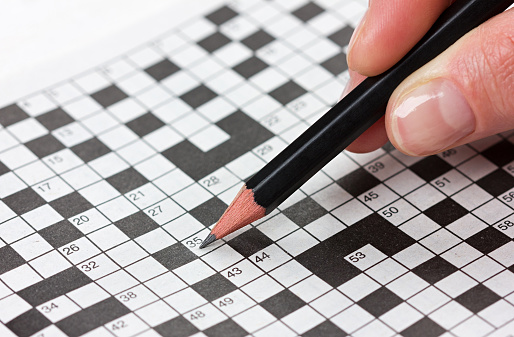 It's more or less an open secret that the legal system's understanding of the nature of art is deeply flawed. Of course, both sides of the argument tend to believe it's flawed in the other direction, as in the case of the work of Richard Prince that we've covered extensively here in the past.
It's more or less an open secret that the legal system's understanding of the nature of art is deeply flawed. Of course, both sides of the argument tend to believe it's flawed in the other direction, as in the case of the work of Richard Prince that we've covered extensively here in the past.
What makes a collaborative work of art? Does a remix constitute copyright infringement or creative license? It's the quintessential question of the postmodern world - and even if you think we're living in the post-postmodern world, the legal system still hasn't really caught up.
But regardless of how carefully you've been following these struggles over the years, you probably never expected that a 90 year old woman from Germany would be at the centre of the debate.
The woman, whose name was reported as Hannelore K. by German authorities, was visiting the Neues Museum in Nuremberg and stopped to admire a piece by 20th century avante-garde artist Arthur Kopcke. The piece, apparently entitled "Reading-work piece" (probably a terrible translation from the German, apologies that we can't find the proper name), features a blank crossword grid. Beside the piece is a sign in English that says 'Insert Words'.
So that's exactly what she did. She began to fill in the crossword puzzle squares, and managed quite a few before museum officials stopped her and called the police.
She was released after briefly being questioned by the police, but the story doesn't end there. While that alone would probably be enough for the basis of an article, the really juicy bit comes in the form of her response.
She's suing the museum for removing her additions to the artwork, claiming that she has a new copyright on the collaborative result of her tweaks to the piece. Whether this is her opinion or the suggestion of her lawyer remains to be seen, but it's a story that strikes straight to the heart of the question of the nature of media and art.
Interestingly enough, the Fluxus school which Kopcke was a member of during his career, doesn't seem to support the museum's decision to "restore" the work. As Ars Technica quoted The Art Story:
"Fluxus artists did not agree with the authority of museums to determine the value of art, nor did they believe that one must be educated to view and understand a piece of art."
Posted on September 16th 2016 on 06:41pm
0 Comments
Wednesday 24th August 2016On Coupland's Essay, 'What if there's no next big thing?"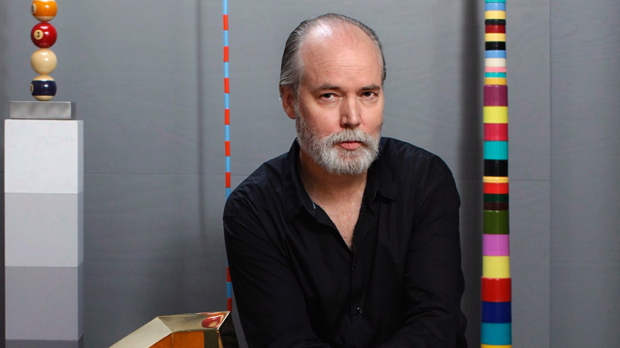
Douglas Coupland is an interesting guy. Whether or not you happen to like the fiction writing he is best known for, he's still an interesting guy to read. His latest short essay is a meditation on the nature of the progression of the art world and how it interrelates with technology. Published in the June 2016 edition of the journal e-flux, issue #74, it's a somewhat rambling but fascinating read.
The main premise, of course, is set out here: "What if there’s no next big thing? There was the Venus of Willendorf and Picasso and Duchamp and then Warhol and then came a hundred thousand highly defended micro-niches so microscopic that they make sense only when looked at in aggregate, like a mole of carbon dioxide molecules or a computer model of butterfly migrations in and out of Mexico: “The Emergent Behavior of Early Twenty-First Century Contemporary Art.” What if the micro-niching of art is art’s last broad stroke? What if art is over?"
It's an interesting premise, one that's near and dear to the hearts of many artists, but Coupland seems intent on assigning the blame (if it can so be called) directly at the feet of technology in the aggregate. To be fair, he admits almost directly that the answer to his question is "probably not", but he seems to miss the reason for the sudden microniche-ing of the art world.
In a world where there are so many people that microniches can survive at all, there's no reason to have a next big thing that everyone gets behind. The technology finally exists, from a connectivity standpoint and from a media dissemination standpoint, to entirely do away with 'next big things' anywhere. The entire premise of 'the next big thing' is dependent on a relatively homogenous society where you can rely on the guy on the other side of the country feeling the same way as you. When you have a human population of over 7 billion, that becomes more and more absurd.
So maybe he was right that there won't be a next big thing after all. But maybe he should be focusing more on the why.
Posted on August 24th 2016 on 05:42pm
0 Comments
Wednesday 17th August 2016The Slow Death of Polaroid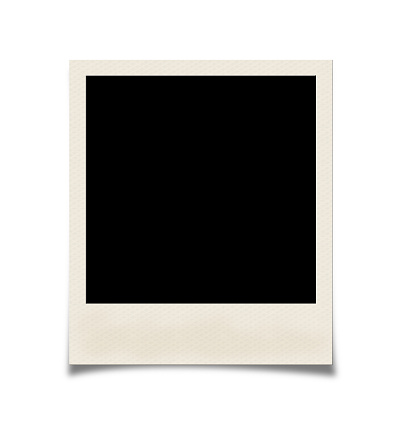
There was a time when the Polaroid was king. It was a household name, although most Millennials will probably never know the name. The company best known for its instantly developing film stock is now relegated to just another digital technology company producing the same types of imaging equipment that can be found from any of a dozen other manufacturers, and the impact of the Polaroid brand has significantly decreased.
The last legacies of Polaroid in the art world are unfortunately winding down as well. During the 1970s a number of massive Polaroid cameras were made to showcase the quality and impact of an ultra-large-format film stock. The cameras and film were revered by artists and photographers, and have been used to photograph everyone from Brad Pitt to U.S. President Barack Obama.
Unfortunately this last glory of Polaroid will soon be coming to an end as well. Chuck Close has worked as both painter and photographer, and uses one of the incredibly large format Polaroid cameras in his work.
“I haven’t given up,” said Close in an interview with the New York Times. “Here’s yet another medium that will be lost to history, and it just shouldn’t be allowed to happen. If it does, I don’t know what I’m going to do, to tell you the truth. It’s so integrated into everything I do. I can always imagine what making a painting from one of those pictures will look like.”
The last manufacturer of the outsized film stock that Close needs to use his eccentrically beautiful camera will be shutting its doors over the course of 2017. John Reuter, the owner of the company, says that the demand simply doesn't exist to continue manufacturing.
"My goal is for people to use the rest of the material we have before all of it is really past its prime. It would be a shame to end that way," says Reuter.
Hopefully the existing images and cameras will be preserved in such a way that they may one day be brought back to life when the economic climate is not quite so harsh, and we once again have the leisure and fortune to appreciate things of esoteric and eccentric beauty.
Posted on August 17th 2016 on 04:31pm
0 Comments
Friday 12th August 2016Has Art Speculation Gone Crazy?.jpg) It wasn't so long ago that we here at Gallereo were completely caught up in the fervour surrounding the latest and greatest auction price records. It seemed like every week there was an incredible new sales figure attached to a piece by a world famous artist, and they were some truly staggering numbers. But after a while, this seemed to grow less and less important, and we began to wonder about how the entire system worked.
It wasn't so long ago that we here at Gallereo were completely caught up in the fervour surrounding the latest and greatest auction price records. It seemed like every week there was an incredible new sales figure attached to a piece by a world famous artist, and they were some truly staggering numbers. But after a while, this seemed to grow less and less important, and we began to wonder about how the entire system worked.
We were left wondering who was buying these pieces for such incredible amounts, and whether or not it was really worth it. It seemed like most of the pieces were never being enjoyed, they were simply chips in a game, an object of value worth what was assigned to it, disconnected from any kind of literal or aesthetic value.
We began to wonder - has art speculation gone crazy?
Roman Kräussl, a professor of finance at University of Luxembourg's School of Finance, thinks so. A recent analysis performed by a team of researchers found that the perception of value for art speculation and the perception of value growth were being significantly exaggerated. This led the researchers to a simple conclusion: buy the art if you like it, but don't expect it to make money for you.
Some financial analysts have been placing the rate of return for art funds at over 10%, when in fact it's much lower at 6.3%, and that the risks associated with art as an investment were significantly under represented.
"If you own a painting, you bear the physical risks and costs, including insurance, damage, and theft or forgery, among others. In short, buy paintings if you like looking at them. You can hope that your children will sell one or more of them later for a gain -- but paintings are primarily aesthetic investments, not financial ones," Kräussl wrote in the press release accompanying the publication of the analysis.
Hopefully, this will signal a shift back to the valuation of art for arts sake, and no longer as tool for billionaires and computer-managed investment funds to move money around the world. Art is made to be appreciated, not to be locked up in a high-tech vault somewhere because it's too valuable to be seen by the public.
Posted on August 12th 2016 on 04:14pm
0 Comments
Wednesday 20th July 2016Will Magenta Make 'Art'?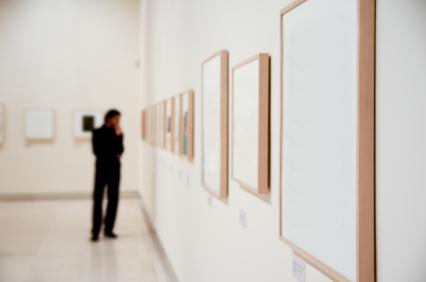
One of our favourite topics here is the development of artificial intelligence and whether or not a machine can be taught to be creative. We've looked in detail at the infamous Deep Dream project by Google, which uses a neural feedback loop to generate images, and how it can be manipulated by conscious human artists to create incredible images.
But what about the next step forwards? If it's possible for an adaptive neural network to 'learn' how to create images, can it be taught how to create other forms of art? If so, is it technically being 'creative', or is it just regurgitating all of what it has been fed?
The real question is whether or not that's really any different than what we human artists do, those of us who are (usually) generally accepted as having a creative talent. Are we driven purely by everything that we have experienced or is there some innate spark of creativity, a unique genesis within us that allows us to truly create new things?
Google has launched a new machine learning project named Magenta with the hopes of exploring the possibilities of a creative machine. So far, a number of researchers have joined the project, and some interesting work is already being done.
Douglas Eck, one of the researchers currently attached to the Magenta project, explains his curiosity about machine learning on his Google bio page: "Hypothetically, if we showed a piano-playing robot a huge collection of Chopin performances--- from the best in the world all the way down to that of a struggling teenage pianist---could it learn to play well by analyzing all of these examples? If so, what’s the right way to perform that analysis? In the end I learned a lot about the complexity and beauty of human music performance, and how performance relates to and extends composition."
During a recent panel at the Moogfest music festival, he commented, "There's a couple of things that got me wanting to form Magenta, and one of them was seeing the completely, frankly, astonishing improvements in the state of the art. And I wanted to demystify this a little bit."
No matter what the results wind up being, it's an exciting time to be an artist! The nature of creativity has long been one of the most appealing human mysteries, and the ability to teach a computer the concept of creativity is truly amazing.
Posted on July 20th 2016 on 08:32pm
0 Comments
 Only rarely do the art world and the Guinness Book of World Records find themselves in common company, but that was just what happened thanks to the latest project from New Creatures, a collaborative effort from partners Jason Naumoff and Ajamu White. Entitled 'Common Ground', the project was an attempt to link up a wide array of kinetic sculptures located across the country that would set each other off in a massive chain reaction that circled the entire country.
Only rarely do the art world and the Guinness Book of World Records find themselves in common company, but that was just what happened thanks to the latest project from New Creatures, a collaborative effort from partners Jason Naumoff and Ajamu White. Entitled 'Common Ground', the project was an attempt to link up a wide array of kinetic sculptures located across the country that would set each other off in a massive chain reaction that circled the entire country. You might remember a post from earlier this year about museum pranks, and a case of mistaken identity. A pair of ordinary eyeglasses were left on the ground near a blank wall in an art gallery, and patrons automatically assumed that they were some piece of modern conceptual artwork, even going to so far as to carefully photograph the piece.
You might remember a post from earlier this year about museum pranks, and a case of mistaken identity. A pair of ordinary eyeglasses were left on the ground near a blank wall in an art gallery, and patrons automatically assumed that they were some piece of modern conceptual artwork, even going to so far as to carefully photograph the piece. Full disclosure: this writer is also classically trained as a designer, despite a dilettante's interest in a wide range of artistic disciplines. With that out of the way, let's dig into something: is design a dirty word in the art world?
Full disclosure: this writer is also classically trained as a designer, despite a dilettante's interest in a wide range of artistic disciplines. With that out of the way, let's dig into something: is design a dirty word in the art world? Sometimes it feels like after the number of articles we've written entitled 'But Is It Art?' or some variation thereof, we should just go ahead and make it a series like our Artist Spotlight. There are a number of interesting issues involved in the whole question and there surely is enough material to make an interesting series, but sometimes the question can seem a bit tiresome and should really just be answered 'Yes - now stop asking'.
Sometimes it feels like after the number of articles we've written entitled 'But Is It Art?' or some variation thereof, we should just go ahead and make it a series like our Artist Spotlight. There are a number of interesting issues involved in the whole question and there surely is enough material to make an interesting series, but sometimes the question can seem a bit tiresome and should really just be answered 'Yes - now stop asking'.
 Art imitates life, and life imitates art. Old sayings are often ridiculous, but that one certainly holds true, especially in an age of social media photography and vapid self-reflection. But there are few times when it's been more literally true than during a recent moment in Berlin.
Art imitates life, and life imitates art. Old sayings are often ridiculous, but that one certainly holds true, especially in an age of social media photography and vapid self-reflection. But there are few times when it's been more literally true than during a recent moment in Berlin.
 It's more or less an open secret that the legal system's understanding of the nature of art is deeply flawed. Of course, both sides of the argument tend to believe it's flawed in the other direction, as in the case of the work of Richard Prince that we've covered extensively here in the past.
It's more or less an open secret that the legal system's understanding of the nature of art is deeply flawed. Of course, both sides of the argument tend to believe it's flawed in the other direction, as in the case of the work of Richard Prince that we've covered extensively here in the past.
 Douglas Coupland is an interesting guy. Whether or not you happen to like the fiction writing he is best known for, he's still an interesting guy to read. His latest short essay is a meditation on the nature of the progression of the art world and how it interrelates with technology. Published in the June 2016 edition of the journal e-flux, issue #74, it's a somewhat rambling but fascinating read.
Douglas Coupland is an interesting guy. Whether or not you happen to like the fiction writing he is best known for, he's still an interesting guy to read. His latest short essay is a meditation on the nature of the progression of the art world and how it interrelates with technology. Published in the June 2016 edition of the journal e-flux, issue #74, it's a somewhat rambling but fascinating read. There was a time when the Polaroid was king. It was a household name, although most Millennials will probably never know the name. The company best known for its instantly developing film stock is now relegated to just another digital technology company producing the same types of imaging equipment that can be found from any of a dozen other manufacturers, and the impact of the Polaroid brand has significantly decreased.
There was a time when the Polaroid was king. It was a household name, although most Millennials will probably never know the name. The company best known for its instantly developing film stock is now relegated to just another digital technology company producing the same types of imaging equipment that can be found from any of a dozen other manufacturers, and the impact of the Polaroid brand has significantly decreased..jpg) It wasn't so long ago that we here at Gallereo were completely caught up in the fervour surrounding the latest and greatest auction price records. It seemed like every week there was an incredible new sales figure attached to a piece by a world famous artist, and they were some truly staggering numbers. But after a while, this seemed to grow less and less important, and we began to wonder about how the entire system worked.
It wasn't so long ago that we here at Gallereo were completely caught up in the fervour surrounding the latest and greatest auction price records. It seemed like every week there was an incredible new sales figure attached to a piece by a world famous artist, and they were some truly staggering numbers. But after a while, this seemed to grow less and less important, and we began to wonder about how the entire system worked.
 One of our favourite topics here is the development of artificial intelligence and whether or not a machine can be taught to be creative. We've looked in detail at the infamous Deep Dream project by Google, which uses a neural feedback loop to generate images, and how it can be manipulated by conscious human artists to create incredible images.
One of our favourite topics here is the development of artificial intelligence and whether or not a machine can be taught to be creative. We've looked in detail at the infamous Deep Dream project by Google, which uses a neural feedback loop to generate images, and how it can be manipulated by conscious human artists to create incredible images.



